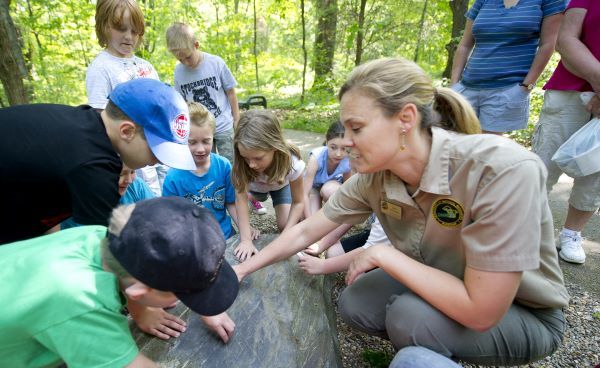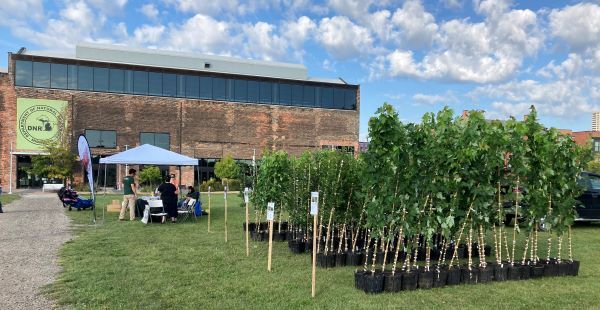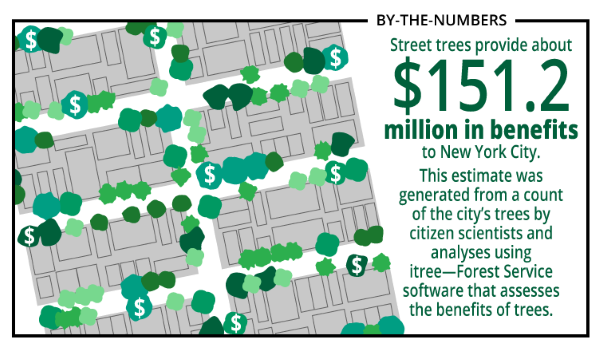|
This weekly newsletter contains information related to urban forestry and arboriculture training, research, jobs, and funding in Michigan, nationally and internationally. If you know of an event or opportunity that may be of interest to our partners, please email program coordinator Kevin Sayers.
 Michigan environmental agencies are asking the public to know the signs of spotted lanternfly, an invasive insect that could harm Michigan’s farms, forests and streetscapes. This insect could damage or kill more than 70 varieties of crops and plants, including grapes, apples, hops and hardwood trees. To date, the spotted lanternfly has not been detected in Michigan but has been identified in nine states including Ohio.
Learn how to identify and report suspected lanternflies from a recent press release.
 Educators of all types will head to Eastern Michigan University, in Ypsilanti, next month for the state’s premier environmental education conference. It takes place Oct. 1-3, a full weekend of workshops, field trips and breakout classes aimed at inspiring teachers, Scout leaders, staff and volunteers from zoos and nature centers to consider creative, new ways of connecting with students and visitors.
DNR-inspired sessions include:
- A field trip to Waterloo Recreation Area, the Lower Peninsula’s largest state park.
- A Project Wild workshop to train teachers on using wildlife management concepts in the classroom.
- An opportunity to explore virtual learning, built around the DNR’s successful Nature at School program.
Hosted by the Michigan Alliance for Environmental and Outdoor Education, the conference is still accepting registrations. Learn more at MAEOE.com.
Questions? Contact Kevin Frailey at 517-974-7941
 Lack of transportation is one of the biggest barriers to connecting young people with the outdoors, and the National Park Trust and U.S.D.A. Forest Service are teaming up to lend a hand. The Every Kid Outdoors Transportation Grants Program is now available to help get elementary-aged kids into fields and forests.
This grant program supports the national Every Kid Outdoors initiative with the goal of ensuring that every child in the United States, by the age of 11, has the opportunity to visit public lands and waters. It's intended to establish a lifelong connection to enjoy and protect our American outdoor heritage.
Learn more and submit a grant application.
A similar program in Michigan, Wheels to Woods, also focuses on helping get kids outdoors to explore nature.
 Did you know? You can plant trees in the spring, but fall is a great time to plant, too! Help bring the benefits of trees to your community by volunteering with local tree planting groups. Two Michigan nonprofits dedicated to healthy urban forests that are hosting tree-planting events are The Greening of Detroit and ReLeaf Michigan.
Sept. 24: Chainsaw safety, maintenance and tree felling
Sept. 29-Oct. 1: America in Bloom
Oct. 1-3: Michigan Alliance for Outdoor Education Programs 2021 conference
Oct. 12-14: Nature & Health 2021 conference
Oct. 18-20: SHIFT Summit 2021: Ensuring access to nature
Oct. 26-28: Trees and utilities conference
 Street trees don't just make neighborhoods look pretty – they also provide critical benefits that add up! Trees soak up stormwater, remove pollutants from the air, shade streets and provide plenty of other benefits. New York City's trees provide a whopping $151.2 million in benefits, according to estimates made through the U.S.D.A. Forest Service's i-Tree tool. Learn more about using i-Tree to discover the benefits of your local trees.
|